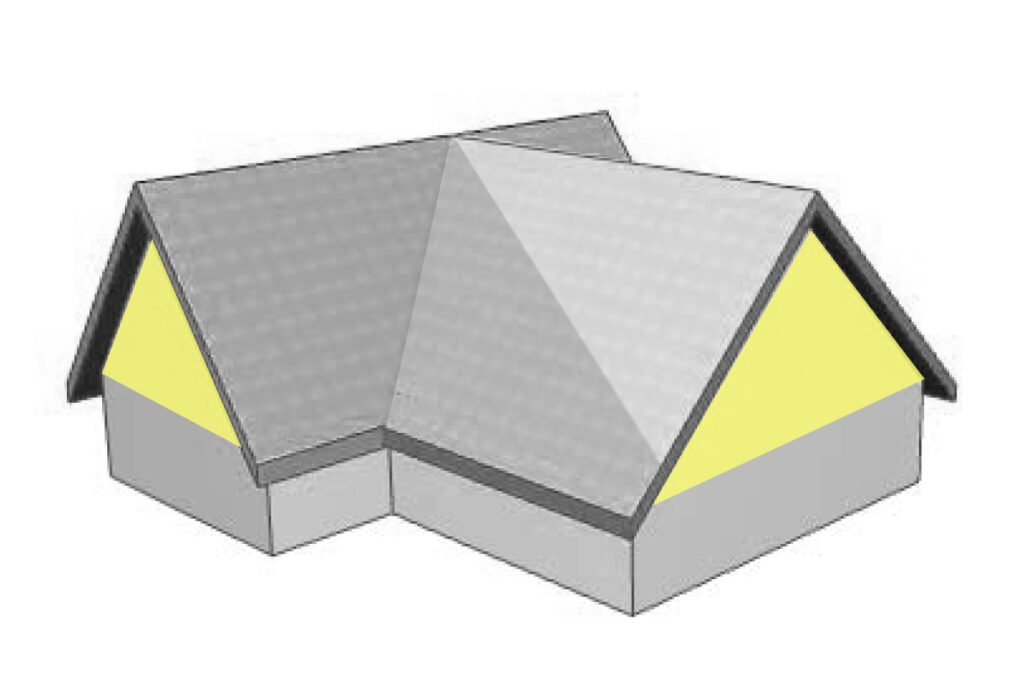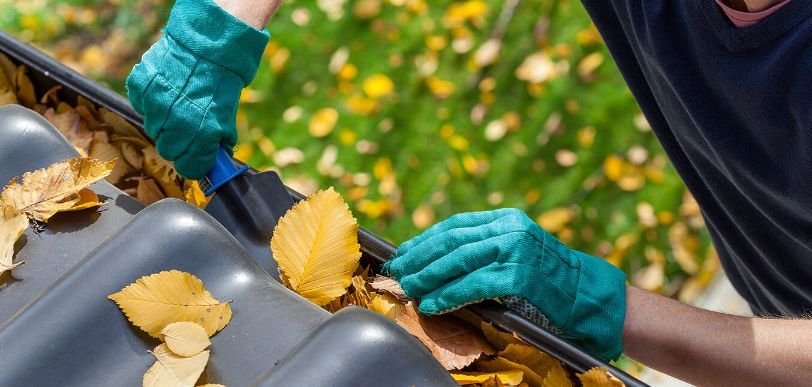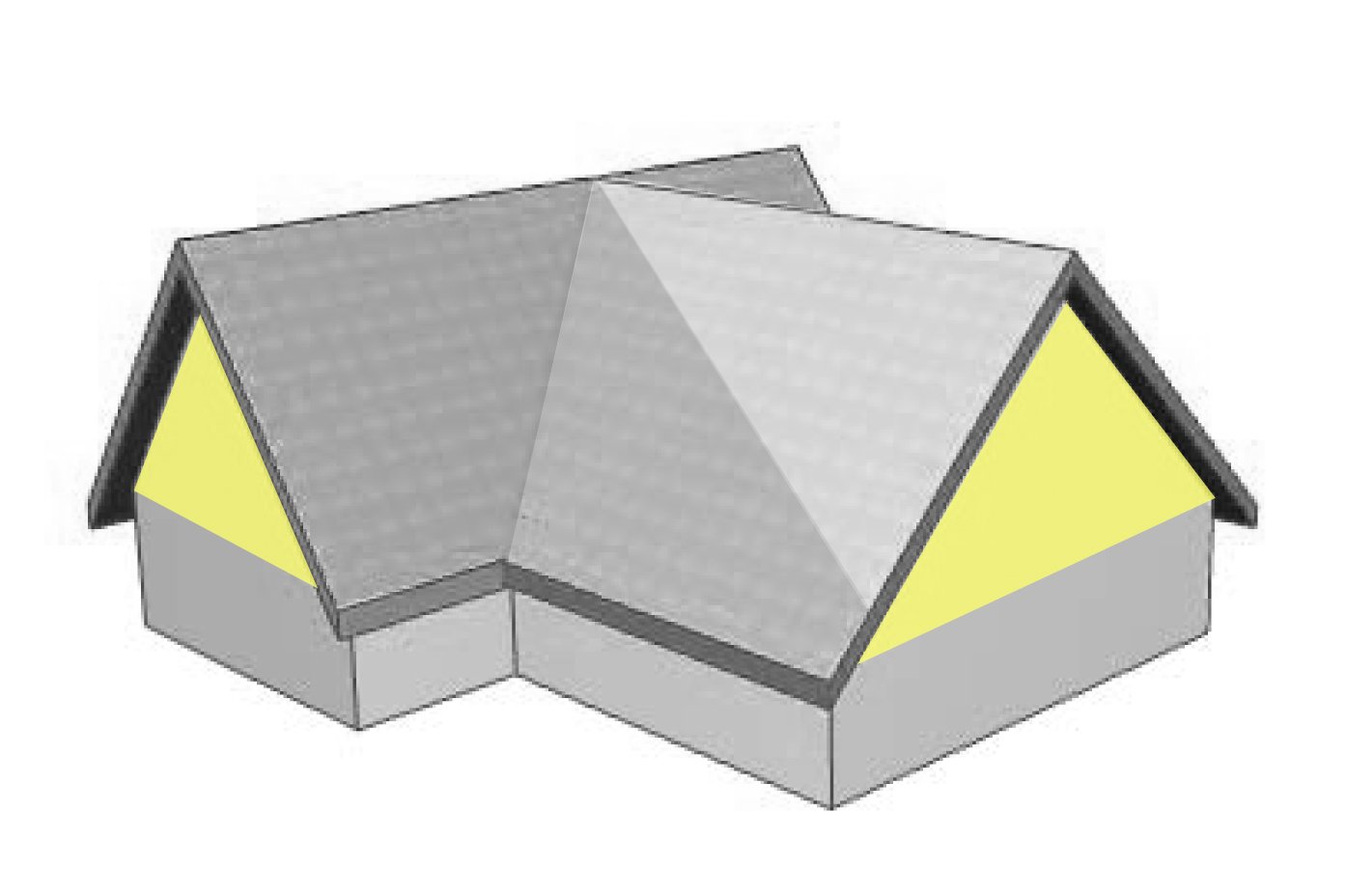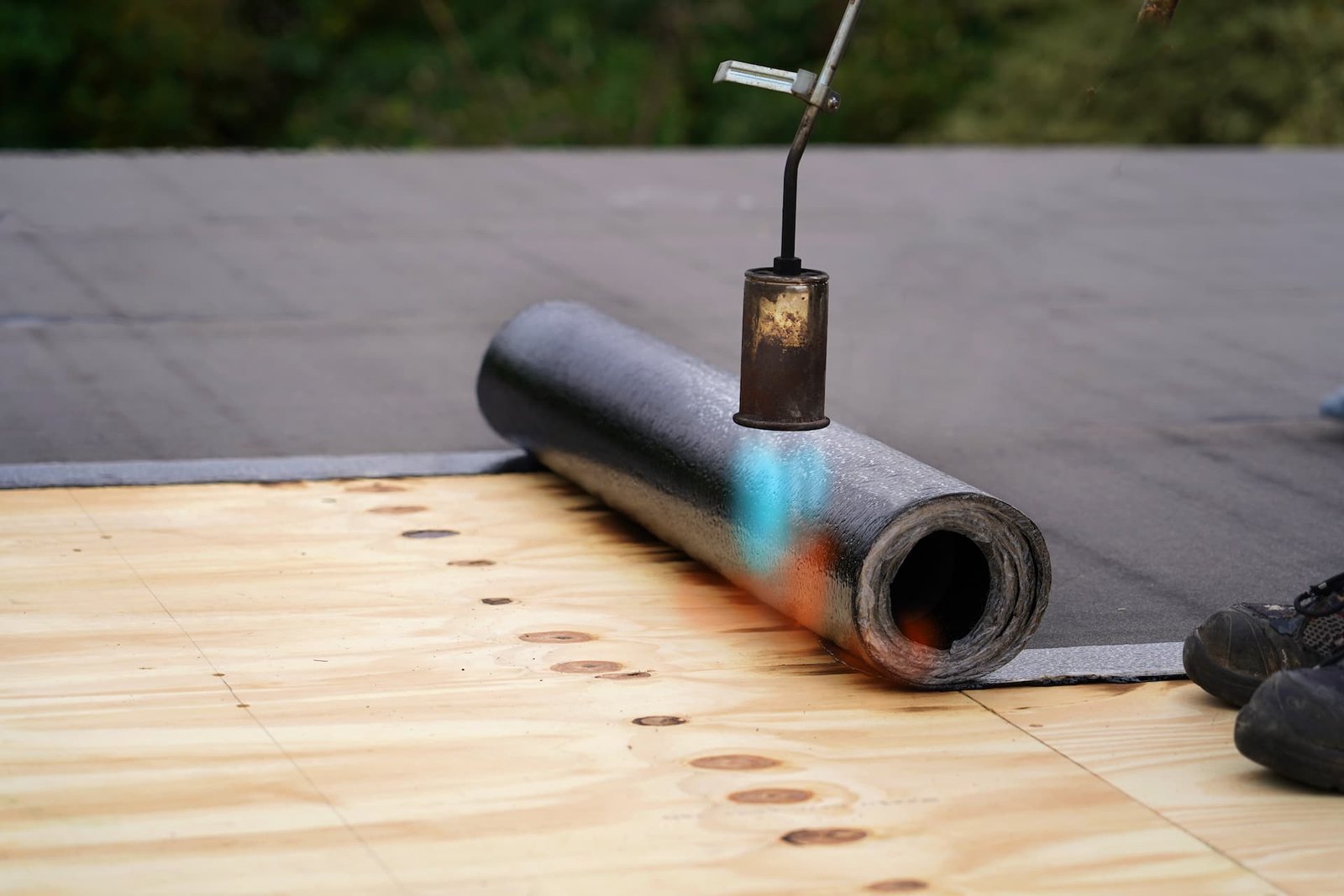If you’ve ever sketched a simple house as a child, chances are you drew a triangle sitting on top of a square. That triangle? It’s the classic gable roof, arguably the most recognizable roof style in the world. But beyond its simple shape lies a fascinating history, practical design advantages, and plenty of reasons why homeowners (and builders) still choose it centuries after it first appeared.
In this guide, we’ll break down everything you need to know about gable roofs. From what they are, to how they’re built, the pros and cons, cost factors, and whether it’s the right roof type for your home, you’ll walk away with clarity, confidence, and maybe even a little admiration for this timeless roofing design.
What Is A Gable Roof?
A gable roof is one of the most straightforward roof designs: it consists of two sloping sides that meet at a ridge, forming a triangular section (called a gable) at each end of the house.
Those triangular walls are what give the roof its name. They not only define the look of the home but also influence how the roof handles weather, ventilation, and space inside. To put it simply: if the roof has that iconic “A” shape when viewed from the side, you’re looking at a gable roof.
A Brief History Of The Gable Roof
The gable roof is no passing architectural fad. It has stood tall for thousands of years:
- Ancient Greece & Rome: Gables were central to temples and classical architecture, symbolizing strength and symmetry.
- Medieval Europe: They became a staple in cottages and townhouses, handling heavy rainfall and snow with ease.
- Modern Suburbs: In places like Ireland, the UK, and the US, gable roofs are practically the default for family homes thanks to their cost-efficiency and clean lines.
This roof has survived centuries because it balances beauty, practicality, and affordability, a trifecta every homeowner can appreciate.
Different Types Of Gable Roofs
Not all gables are created equal. Builders and architects have reimagined this simple triangular form into variations that suit different climates, styles, and budgets. Here are the most common ones:
Front Gable Roof
The triangular gable faces the street. A favourite in Colonial and Victorian homes, this style creates a welcoming, symmetrical façade.
Side Gable Roof
The gables sit on the sides of the house, while the main slope faces the front and back. It’s the most traditional and straightforward version.
Cross Gable Roof
When two gable roof sections intersect at right angles, you get a cross gable. It adds complexity, character, and more attic space, but also extra cost.
Dutch Gable Roof
This is a hybrid of a gable and hip roof. The gable sits atop a hipped base, combining stability with added interior headroom.
Box Gable Roof
Think of it as a standard side gable with a “boxed-in” triangular end. It offers a sharp, clean finish that emphasizes the roofline.
Why Homeowners Choose Gable Roofs
So why is the gable roof still one of the most popular designs? The answer lies in both practicality and emotion.
- Affordability: Simple construction means lower building costs compared to more complex roof styles.
- Weather Performance: Steep slopes shed rain and snow easily, protecting the structure.
- Ventilation & Insulation: Gable roofs make attic ventilation straightforward, keeping homes cooler in summer.
- Extra Space: They allow for lofts, attics, or vaulted ceilings, creating more usable living space.
- Timeless Appeal: There’s something about that clean, triangular silhouette that feels familiar and welcoming.
In short: a gable roof is not just a structure, it’s a practical and emotional choice for homeowners who want both reliability and charm.
The Downsides You Should Know
Of course, no roof type is perfect. Before deciding on a gable roof, here are potential drawbacks:
- Wind Vulnerability: In areas prone to strong winds or hurricanes, gable ends can catch the wind like sails, risking collapse if not properly braced.
- Maintenance: The design may lead to issues with shingles near the ridges and valleys, requiring attentive upkeep.
- Limited Aesthetic Options: While timeless, some may find gables too common or “plain” compared to modern roof styles.
If you’re in a storm-heavy region, reinforcing with strong materials, extra bracing, or opting for a Dutch gable hybrid can offset the risks.
Gable Roof Costs: What To Expect
The cost of a gable roof depends on size, materials, pitch, and complexity. Here’s a breakdown:
Average Cost Range
- Standard gable roof installation: €50 – €90 per square metre in Ireland (materials + labour).
- Complex gable variations (cross, Dutch): €80 – €120 per square metre.
Key Cost Factors
- Materials: Asphalt shingles are the most affordable; slate or tile adds beauty and longevity but costs significantly more.
- Pitch/Steepness: A steeper pitch requires more material and labour.
- Structural Reinforcements: In windy areas, bracing increases upfront costs.
- Design Complexity: Cross gables or custom features drive up expenses.
While a gable roof is one of the more economical roof types, homeowners should budget realistically for their chosen finish and structural needs.
Maintenance Tips For Gable Roofs
A little care goes a long way in keeping a gable roof strong and handsome:
- Inspect after storms for loose or missing shingles.
- Keep gutters clear to prevent water back-up near the gable ends.
- Trim nearby trees to avoid debris damage.
- Ensure attic ventilation is functioning properly to reduce moisture build-up.
- Schedule professional inspections every 2–3 years.
These steps not only extend the roof’s life but also protect your investment in the long run.
Is A Gable Roof Right For Your Home?
Choosing the right roof type is about more than looks. Ask yourself:
- Do I live in an area with heavy winds?
- Do I want extra attic or loft space?
- Am I looking for a cost-effective roof solution?
- Do I prefer a classic, timeless look?
If your answers lean towards affordability, simplicity, and extra space, the gable roof may be the perfect fit. If wind resistance is your top concern, consult your roofer about reinforcements or alternative designs.
A gable roof might look simple on paper, but in reality it’s a masterclass in architectural efficiency. It’s stood the test of time because it delivers where it matters most: affordability, durability, and design that feels like home.
Whether you’re building new or considering a roof replacement, the gable deserves serious consideration. With the right materials, skilled installation, and proper maintenance, it can give you decades of reliable protection and charm.
So the next time you see that childlike triangle sitting proudly atop a home, remember: it’s not just a roof. It’s a story of history, design, and practicality that’s been sheltering families for thousands of years, and it might just be the right choice for yours.
Frequently Asked Questions
The lifespan depends on the roofing material, climate, and maintenance. On average:
- Asphalt shingles: 20 – 30 years
- Metal: 40 – 60 years
- Slate and tile: 70 – 100+ years
A well-maintained gable roof can easily serve multiple generations.
Yes, in most cases. Gable roofs are simpler to design and build compared to hip or mansard roofs, which reduces labour costs. However, if you opt for premium materials like slate or clay tile, the price difference between roof types narrows.
Yes, gable roofs perform well in Ireland’s rainy climate because their steep slopes shed water quickly. The only caution is wind: if you live in an exposed coastal or high-wind area, extra bracing or a Dutch gable variation may be advisable.
Absolutely. One of the biggest benefits of a gable roof is the attic or loft space it creates. This can be used for storage, an extra bedroom, or even converted into a home office.
They can be. The extra attic space makes it easier to install proper insulation and ventilation. This helps regulate temperatures inside your home, lowering energy bills in both summer and winter.
For a standard build, expect to pay €50 – €90 per square metre (materials + labour). More complex gable styles or high-end materials like slate can cost €80 – €120 per square metre or more. Always request multiple quotes and ask about reinforcement for wind resistance.
Not necessarily, but like any roof, they need attention:
- Inspect after storms for damage
- Keep gutters clear
- Trim overhanging trees
- Ensure attic ventilation is working
A professional inspection every 2 – 3 years can catch problems early and extend the roof’s lifespan.
They can, but they’re more vulnerable than hip roofs. Strong winds can put pressure on the triangular gable ends. The solution: proper bracing, quality materials, and expert installation. If wind is a big concern in your area, discuss reinforcement options with your roofer.
- Gable Roof: Two sloping sides, triangular ends, more attic space, lower cost.
- Hip Roof: Four sloping sides, no gables, stronger against wind, slightly higher cost.
Your choice depends on whether you prioritise space and affordability (gable) or maximum wind resistance (hip).
In many cases, yes. Home extensions or renovations often incorporate gable roofs to blend with existing structures. However, this requires careful structural planning, speak with an architect or roofing contractor before making the leap.
Definitely. While gables are traditional, variations like cross gables or box gables can be adapted into sleek, modern designs. The simplicity of the form means it’s versatile enough for both classic cottages and contemporary builds.
Yes, especially when combined with high-quality materials and good insulation. A durable, attractive gable roof enhances curb appeal and reassures buyers that the home has been built to last.
Ignoring wind resistance. Many homeowners focus only on cost or style and overlook the need for reinforcement in storm-prone areas. Always ensure your roofer is experienced with local weather conditions and building standards.




